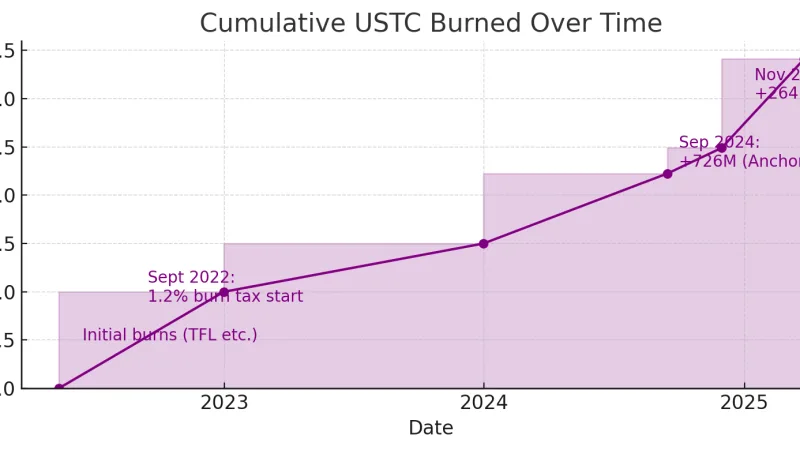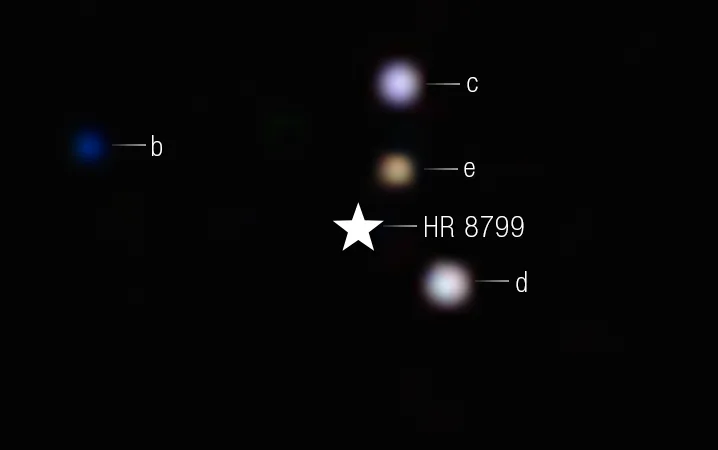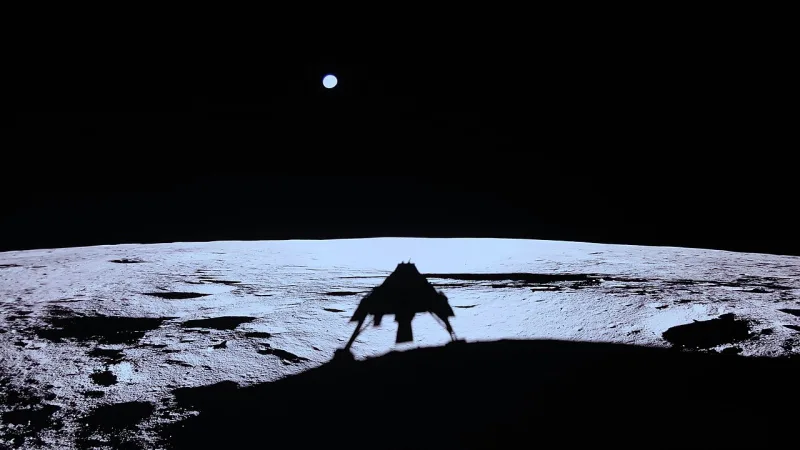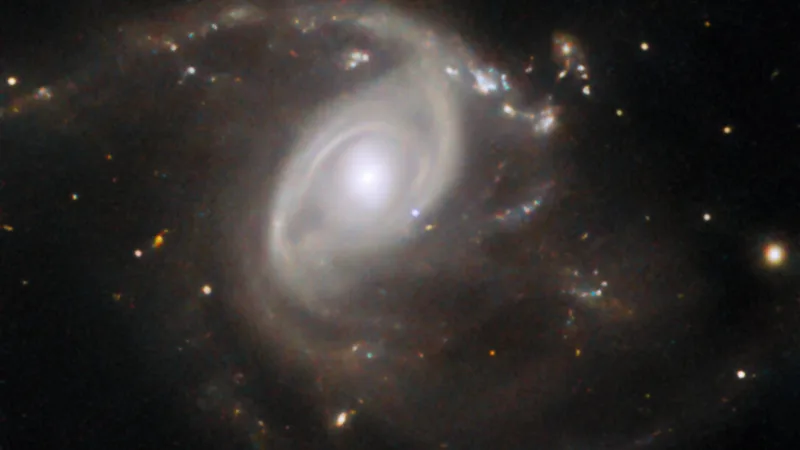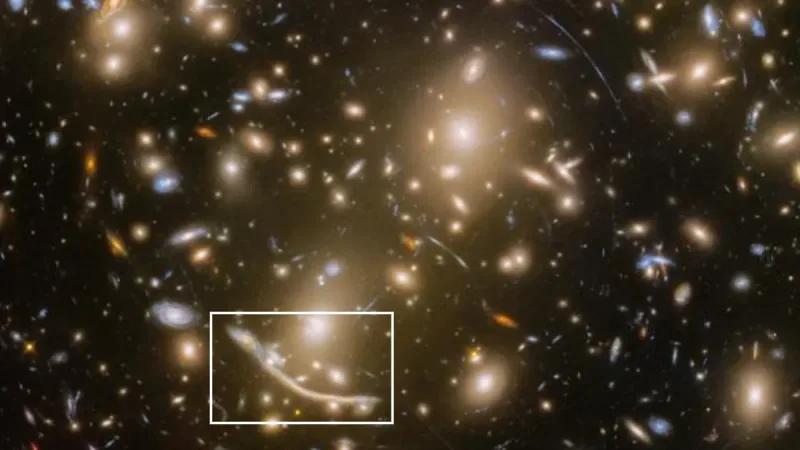Behind the Billions: A Closer Look at NASA’s Webb Budget
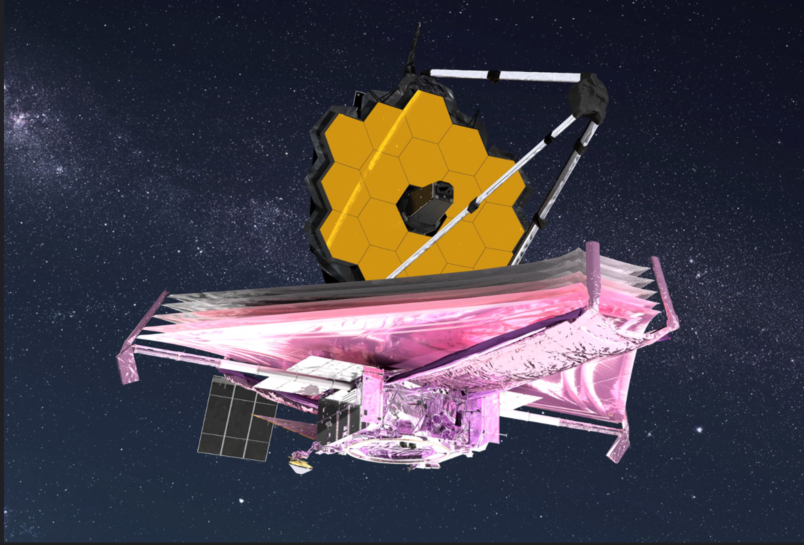
Have you ever wondered how much it costs to launch a telescope into space? Brace yourself, because the James Webb Space Telescope’s development process came with a jaw-dropping price tag of $10 billion dollars over a span of 17 years.
But was it worth it? On July 12, NASA released breathtaking images captured by the telescope, revealing the beauty and mysteries of our universe like never before. The James Webb telescope, currently orbiting about one million miles away from Earth, promises to revolutionize our understanding of the cosmos.
Join us as we explore the incredible journey of the James Webb Space Telescope and the cutting-edge technology behind it, its making cost and its budget – and what’s next for JWST!
How does the James Webb Space Telescope contribute to space exploration?
Step aside, Hubble! The James Webb Space Telescope has arrived and it’s bigger, better, and more powerful than its predecessor. This “large, space-based observatory” is optimized for infrared light, making it more sensitive and capable of looking deeper into space. In fact, it’s so powerful that researchers using it are essentially time travelers, peering back in time to some of the earliest periods of our universe.
With the ability to search for the first galaxies formed after the Big Bang, investigate how galaxies evolved, observe the formation of stars from their early stages, and even potentially identify distant planets with the potential for life, the James Webb Telescope is a scientific game-changer. And it’s not just NASA that gets to use it – scientists from all over the world can submit research proposals, with a team of experts selecting which proposals get access to the telescope.
But this isn’t just any telescope – it’s a “General Observatory,” which means it’s open to collaborations with other space agencies like the European Space Agency and the Canadian Space Agency. Together, they’re pushing the limits of our knowledge of the cosmos, using devices that capture infrared light that isn’t observable by the human eye.
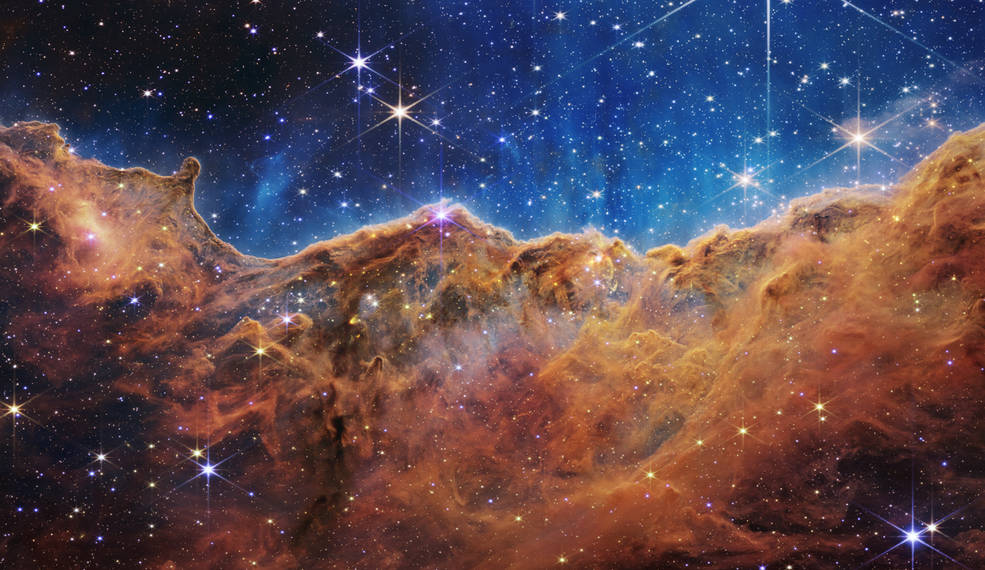
How did the budget for the Webb Telescope change over time?
The James Webb Space Telescope was a costly endeavor, with a projected budget of $1 billion at its inception. However, by 2007, only three years after development began, the total spending surpassed $1.2 billion. Despite the initial setbacks, NASA continued to work towards the launch of the telescope.
Over the years, most of the funding for the telescope was used for development, including modeling, component construction, and testing. As engineering challenges mounted in the early 2010s, costs rose, reaching a peak in 2014. The cost reduction began in 2016 after most of the construction was completed. However, the project suffered from engineering and oversight challenges, resulting in rising costs and project delays from 2019 to 2021, according to a report by the Government Accountability Office.
After being launched in 2021, the telescope’s costs significantly decreased, and they are expected to remain lower throughout the duration of its time in space. Nonetheless, NASA still plans to invest an additional $1.1 billion into the project through 2027. Despite the high cost, the James Webb Space Telescope will help us better understand the universe, from searching for the first galaxies to investigating the formation of stars and potential life on distant planets.
NASA’s budget for Webb telescope
Despite its high cost, the Webb telescope’s impact on NASA’s bottom line is lower than that of the International Space Station, which occupied 5.7% of NASA’s expenditures in FY 2021. While the Webb telescope has occupied a significant portion of NASA’s budget, the percentage varied between 1.5% and 4.0% of NASA’s total budget. The project took up a higher percentage as NASA’s overall budget decreased following the end of the space shuttle program.
However, the JWST’s cost is expected to decrease significantly now that it has been launched, and NASA plans to spend about $1.1 billion more on the telescope through 2027. Despite its high cost, the Webb telescope is expected to provide crucial insights into the earliest periods of the universe and may help us determine the potential for life on distant planets.
What’s next for JWST?
NASA plans to allocate $187 million annually starting in 2024 for the James Webb Space Telescope, totaling $1.1 billion in operational costs for the project’s maintenance and repairs. The telescope’s four main objectives are to search for the earliest galaxies that emerged after the Big Bang, track the evolution of galaxies since then, observe star formation from its initial stages, and investigate the possibility of life on distant planets. The telescope will continue to capture images of deep space using infrared light, which is invisible to the naked eye. Despite the fact that similar space projects have a lifespan of five to ten years, initial assessments indicate that the telescope has enough fuel to operate beyond its original lifespan.
Also Read: The Ultimate Guide to Choosing the Best Telescope in 2023

